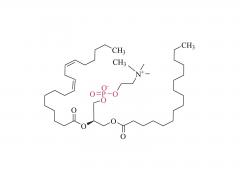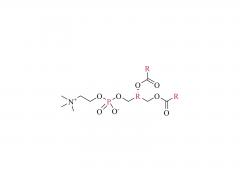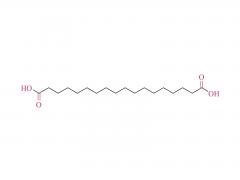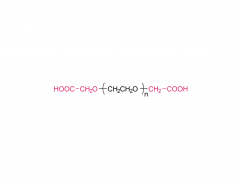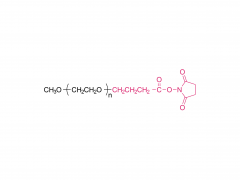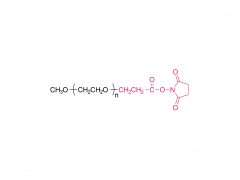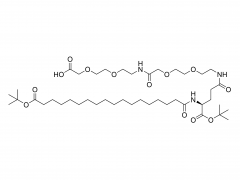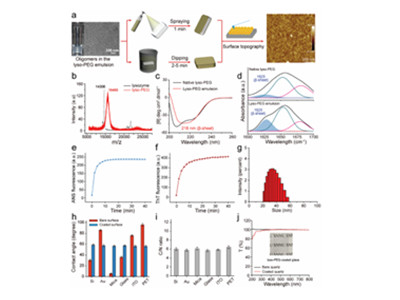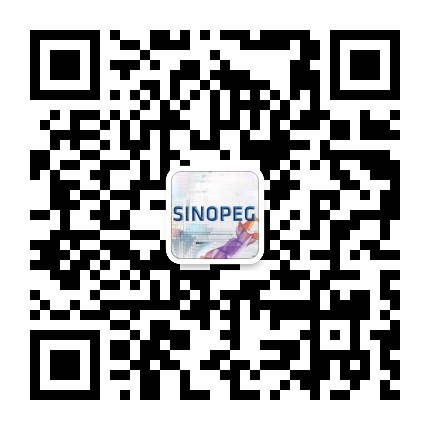Exposure of dentinal tubules (DTs) leads to the transmission of external stimuli within the DTs, causing dental hypersensitivity (DH). Approximately 42% 18- to 35-year-olds experience dental hypersensitivity (DH), which is characterized by a short or transient sharp pain arising from exposed dentin. To treat DH, various desensitizers have been developed for occluding DTs. However, most desensitizers commercially available or in development are only able to seal the orifices, rather than the deep regions of the DTs, thus lacking long-term stability. Dr. C. Li, Prof. P. Yang found it is shown that the fast amyloid-like aggregation of lysozyme (lyso) conjugated with poly(ethylene glycol) (PEG) (lyso-PEG) can afford a robust ultrathin nanofilm on the deep walls of DTs through a rapid one-step aqueous coating process (in 2 min). The resultant nanofilm provides a highly effective antifouling platform for resisting the attachment of oral bacteria such as Streptococcus mutans and induces remineralization in the DTs to seal both the orifices and depths of the DTs by forming hydroxyapatite (HAp) minerals in situ. Both in vitro and in vivo animal experiments prove that the nanofilm-coated DTs are occluded with a depth of over 60 ± 5 µm, which is at least 6 times deeper than that reported in the literature. This approach thus demonstrates the concept that an amyloid-like proteinaceous nanofilm can offer an inexpensive, rapid, and efficient therapy for treating DH with long-term effect. Sinopeg provide various NW poly(ethylene glycol) (PEG) products: 2KDa, 5KDa, 10KDa, 20KDa, etc. Products: Linear Monofunctional PEGs Linear Bifunctional PEGs Linear Heterofunctional PEGs Branched PEGs Multi-Arm Functional PEGs Functionally Grafted PEGs
View More










